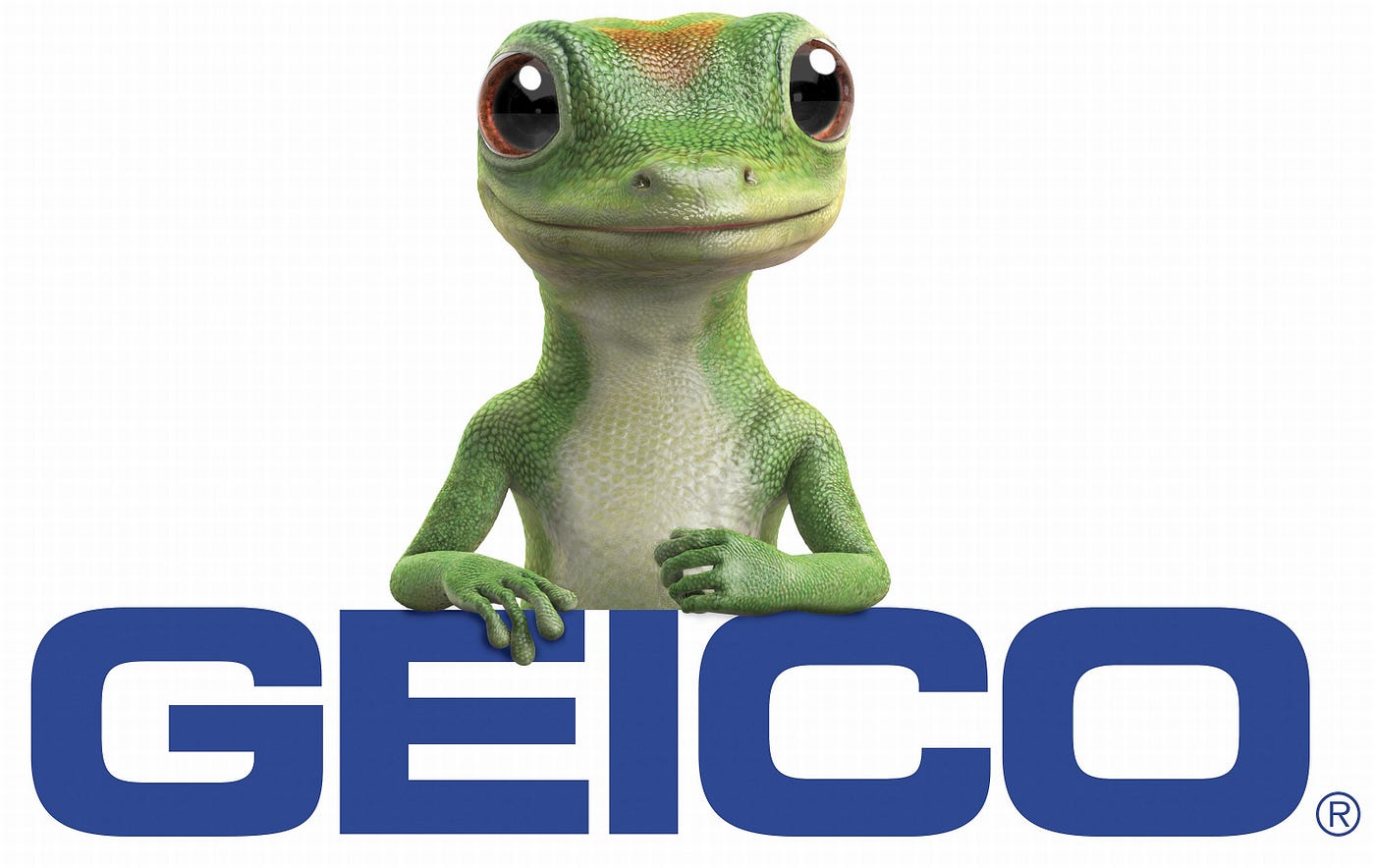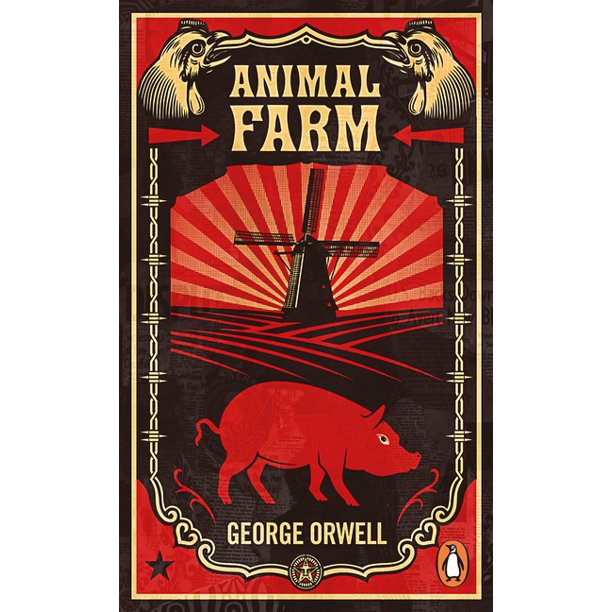Improve Marketing Performance with These 7 Literary Devices
It’s no secret that powerful storytelling is engaging. Our natural gravitation toward stories is a beautiful human quality. Stories tap into our fears, dreams, desires etc. But the best stories aren’t powerful by accident. Writers use tools known as literary devices to knead, sweeten, and season their work. To elevate the stories you tell and improve marketing performance, familiarize yourself with some of the major literary devices and add them to your storytelling marketing tool box.
Juxtaposition: the highlighter
Juxtaposition situates two dissimilar things (tangible or intangible) side by side to showcase their differences.
For example, in the television series Wednesday, two vastly different characters are placed in the same room, half of the room decorated with bright colors and objects, while the other is black on black. A rose window in the center of the room—half rainbow, half clear—serves as the focal point of this stark contrast.
Such juxtaposition highlights the titular character’s gothic and morbid leanings. You can think of juxtaposition as just that: a highlighter.
This is one of the most effective tools for marketers to use. You can place your product next to a mock product in the same industry to show how and why yours is superior.
Think of the countless paper towel ads that compare a paper towel with poor levels of absorbency to their highly absorbent brand. In one of Bounty’s commercials, a comically devastating spill is wiped away lickity split with Bounty, shown next to the “leading ordinary brand,” which requires more than one wipe to clean the spot.
Bounty looks better (if you buy into the “leading ordinary brand” example).
Juxtaposition can shine a light on your brand, while indirectly dimming the light cast upon another.
Suspense: the perpetual hook
One less beautiful, more concerning human quality is our appetite for thrillers. Of course, not everyone’s appetite is the same. Some people don’t enjoy watching characters run for their lives, but enough of us do that thrillers top the charts, outperforming other genres.
What makes a thriller? Suspense.
Suspense is the literary device that keeps you on the edge of your seat. It’s the mother of the nail-biter, the white knuckles, and the bated breath. Like when a character is in a rough spot and you don’t know what’s going to happen next. Will they survive? Will they perish?
It can also be experienced in situations with lower stakes. For example, we are in suspense when a character goes to confess their love to someone, wondering how it will all play out.

Suspense thrives in the unknown and tense moments of anticipation. What's behind that scratched door at the end of the hall? What's around that dark corner?
It’s so powerful that even bad writing can hide under it, people too distracted by their need for answers they don’t notice subpar lines.
We are hooked by suspense, unable to resist it. For readers, suspense is a page-turner, for consumers, it’s what keeps them from skipping ahead.
Anaphora: the emphatic mnemonic device
This one might not be on your radar, but it would be a worthy addition to your storytelling marketing tool box.
While it sounds complicated, anaphora is actually quite simple. It’s the repetition of a word or phrase at the beginning of a sentence, verse, etc. It has many purposes, from creating a pleasant rhythm to adding emphasis.
Joanna Klink’s poem, "Some Feel Rain," offers an elegant example of anaphora with its repetition of "some feel":
Some feel rain. Some feel the beetle startle
in its ghost-part when the bark
slips. Some feel musk. Asleep against
each other in the whiskey dark, scarcely there.
When it falls apart, some feel the moondark air
drop its motes to the patch-thick slopes of
snow.
Anaphora also helps people remember messages. This is especially handy in the marketing department. When consumers interact with one of your commercials, you want the brand story you tell to stick in their minds, perhaps popping up later that day in conversation, spreading word of your brand.
Maybelline's catchy slogan uses anaphora in a clever way: "Maybe she's born with it. Maybe it's Maybelline."
"Maybe" is the repeated standalone word AND a part of the company's name, making not just the slogan itself memorable, but the company too.
I've never used Maybelline's products, but I've randomly recited their slogan, and I'm surely not the only one, thanks to anaphora's uncanny ability to instantly take up residence in one's brain.
(FYI: Epistrophe is anaphora's complementary opposite. Its repeated word or phrase falls at the end of a line, also acting as a sort of mnemonic device.)
Anthropomorphism: the characters
Anthropomorphism is a mouthful, but it's another great literary device for improving marketing performance. There's a high likelihood that you've used it before, maybe unaware of its formal name.

Anthropomorphism gifts non-human things with human qualities. But don't confuse it with basic personification, the literary device that uses human qualities to describe non-human things without actually giving them those qualities.
It is more than a naturalist calling a tree wise (simple personification), it's Grandmother Willow from Pocahontas being sentient and literally wise.
Commercials use anthropomorphism all the time, casting talking food, animals, plants, and objects. Several brands are daily proponents of anthropomorphism, too, given the mascots that flood our screens: the GEICO gecko, Mucinex's Mr. Mucus, the Trix Rabbit, Charmin's family of bears, Kool-Aid Man, and so on.
Anthropomorphism can reach young audiences in a way other literary devices can't. It speaks to their imaginations. Kids will want the sugary cereal that Tony the Tiger reps or the lollipop that has turtles and owls talking.
There's a bizarre charm to anthropomorphized creatures. We feel for them. We love them. We trust them. (Did you catch the anaphora and epistrophe there? The two paired is called symploce.)
Our fondness for them may influence our purchasing behavior. Anthropomorphic characters are like us in enough ways that we can root for them, but different enough to remain creative and interesting.

Similes and metaphors: the artists
To a simile, a metaphor is like a fraternal twin.
To a metaphor, a simile is a fraternal twin.
Do you see what I’m getting at?
Both literary devices compare two different things in a way that makes the subject at hand more vivid. Similes employ “like” or “as” to do so, while metaphors state things as if they are absolutes.
“His eyes are blue” is a fine sentence, but it’s about as evocative as a soggy dish towel. What about the simile, “His eyes are as blue as the morning sky”? It’s corny, but at least it brings to mind an image, with it the many associations of the sky.
Similes and metaphors are especially useful when describing complex ideas or intangible things. They at once add beauty and clarity to a phrase. What cannot be pictured by the human mind is eloquently detailed by a striking comparison.
For example, love has been at the tip of writers’ pens for centuries. Love has no form, yet it is a mighty force that necessitates elaboration and rich description.
Robert Burns wrote:
O my Luve is like a red, red rose
That’s newly sprung in June;
O my Luve is like the melody
That’s sweetly played in tune.
Love is painted red and new. It is given a shape and voice. If you somehow had never heard of love, you could infer from Burns’ lines that it is a beautiful, desirable thing.

That clarity similes and metaphors provide can extend to basic instructions. When learning how to ski, children are taught that positioning their skis parallel to one another is like french fries, while pointing them inward so their tips meet is like pizza. A four-year-old might not understand what parallel means, but bring in french fries and you're speaking their language.
Similes and metaphors are ubiquitous. I bet that you don’t go a day without using one or the other. As a marketer, you can decorate your campaigns with them, improving marketing performance.
Think of Red Bull’s slogan, “Red Bull gives you wings.” The popular drink certainly does not cause the spontaneous sprouting of wings from your back, but the comparison to wings and flying emphasizes the great energy boost you will experience after downing the can.
Which piques your interest? Red Bull gives you wings or Red Bull gives you energy? It’s clear as day.
Oxymoron: the contradiction
Do you like jumbo shrimp? If so, you should enjoy oxymorons. An oxymoron is a literary device that unites contradictory words. Bittersweet. The living dead. Back to the future. Deafening silence.
Per that last one, silence can’t literally be deafening, but it conveys tension. For example, say you get in an argument with someone and cross a line. The following silence might be deafening because it signifies the weight of the crossed line. In it are aftershocks and questions like “can we get past this?”
Oxymorons can stop you in your tracks as you consider the odd pairing. Isn’t that the job of marketing content? To compel a consumer to pause and pay attention, generating intrigue?
If your brand stories fail to convince a consumer to pause, that’s a lost lead.
Satire: the critic
Satire uses irony and sarcasm to expose and criticize the shortcomings (often the corruption) of particular people, social structures, etc. Its aim is to ridicule its target while bringing to light its flaws.
Sometimes satire sends a message to the public, what marketers might deem a call-to-action, in many cases, a call to change.
Political satire is probably the most common variety, seen in cartoons and literature, among other formats. Orwell’s Animal Farm is a famous example of satirical fiction, critiquing Stalin’s regime. Orwell’s CTA is to question and scrutinize social systems, rather than blindly following along.

Satire is thought-provoking and/or amusing, two qualities that your marketing content should strive to have.
An old GEICO commercial employs the more comedic side of satire to poke fun at the horror genre and its many laughable tropes. In it, a group of friends stumble out of the woods and up to a desolate house. They’re being chased by a masked killer, so naturally one member suggests they hide in the basement, while the other suggests the attic. What better place to hide than in the two rooms of a house without easy escape routes?
Another member asks why they can’t all just get in the running car, the camera focusing on a perfectly usable red car at their disposal. The group opts to hide behind a wall of chainsaws instead of driving to their safety, disappointing the killer, who removes his mask and shakes his head at the idiocy of the group.
A voiceover closes out the commercial, saying, “If you’re in a horror movie, you make poor decisions. It’s what you do. You want to save 15% or more on car insurance. You switch to GEICO. It’s what you do.”
The commercial has little to do with car insurance, but it’s funny and engaging. How many times have you watched a horror movie and yelled at the TV for the characters to stop making stupid decisions?
Satire packs a punch, one that hits the heart or the funny bone. How you utilize satire is up to you and the type of brand message you want to deliver to consumers.
The above literary devices are all easy but powerful tools to use once you understand them. They will strengthen your marketing content by strengthening your storytelling skills.
Once you fill your storytelling marketing tool box, get writing. Consumers are waiting to be blown away by the rich brand stories you'll tell.
Create powerful, personalized digital stories with STORYSOFT. Learn more.
Book a Demo
See how to bring personalized digital experiences to life for your brand
During the call you will:
- Hear how it works
- See example digital Stories
- Walk through the analytics
- Get your questions answered